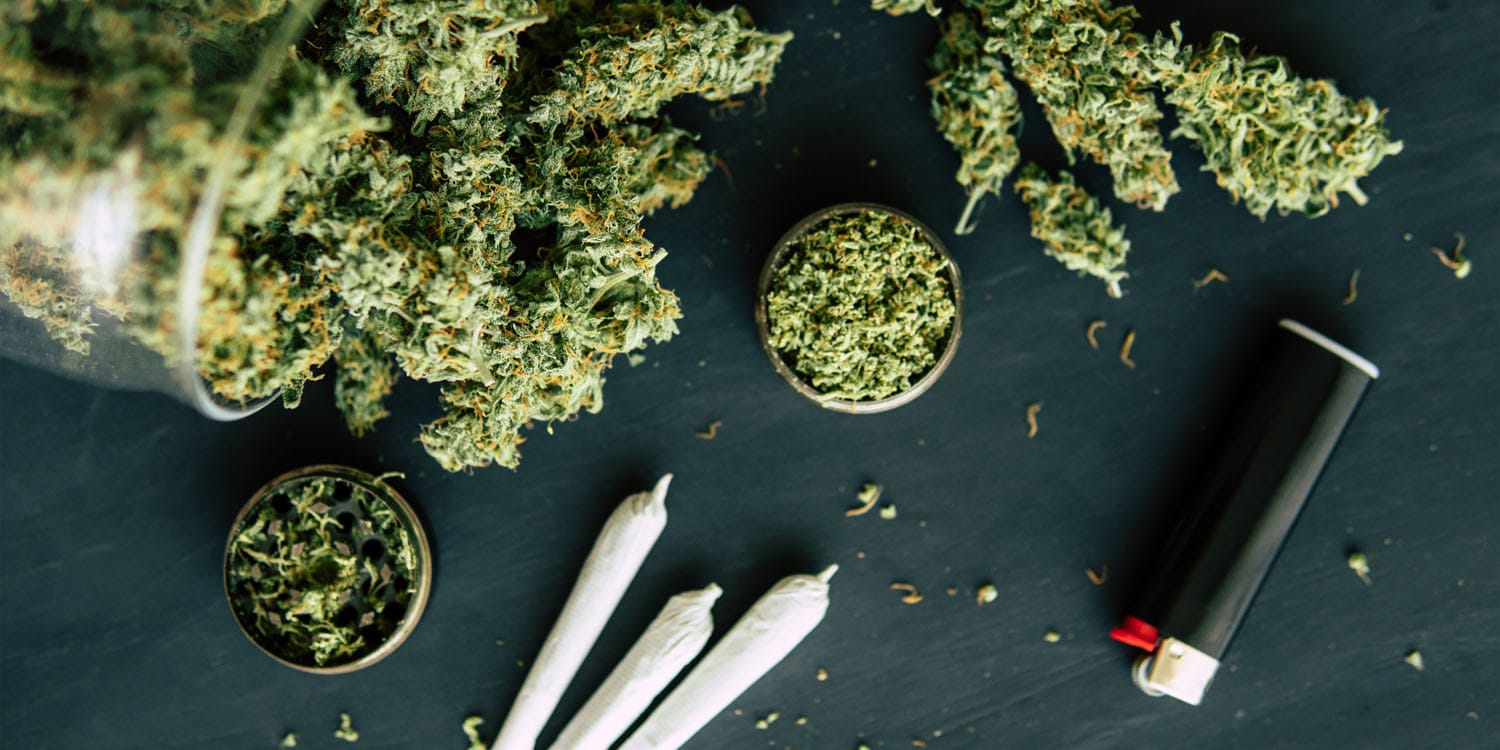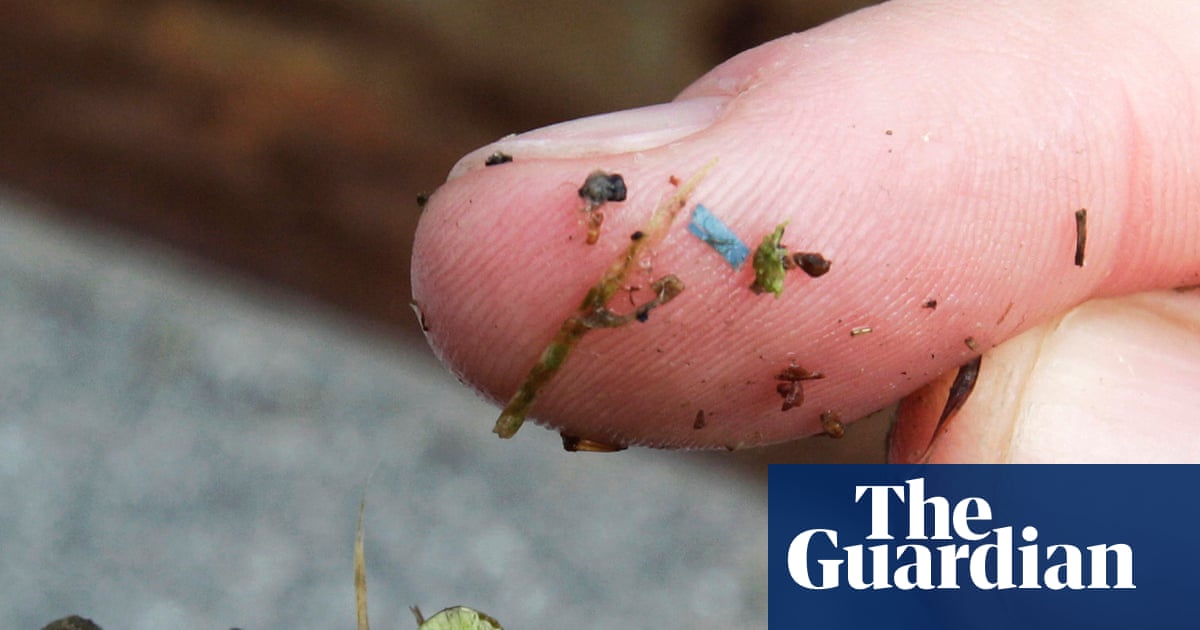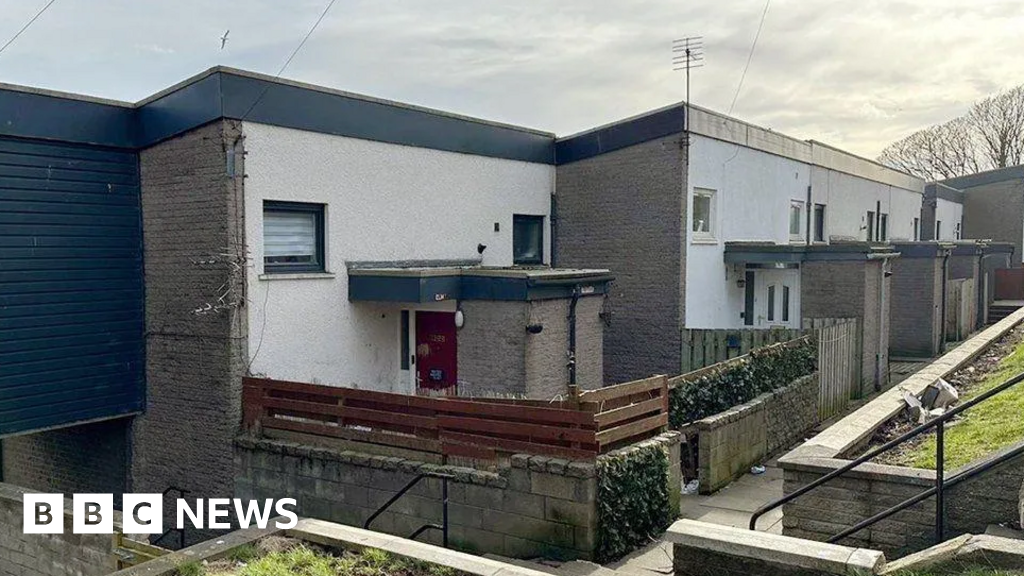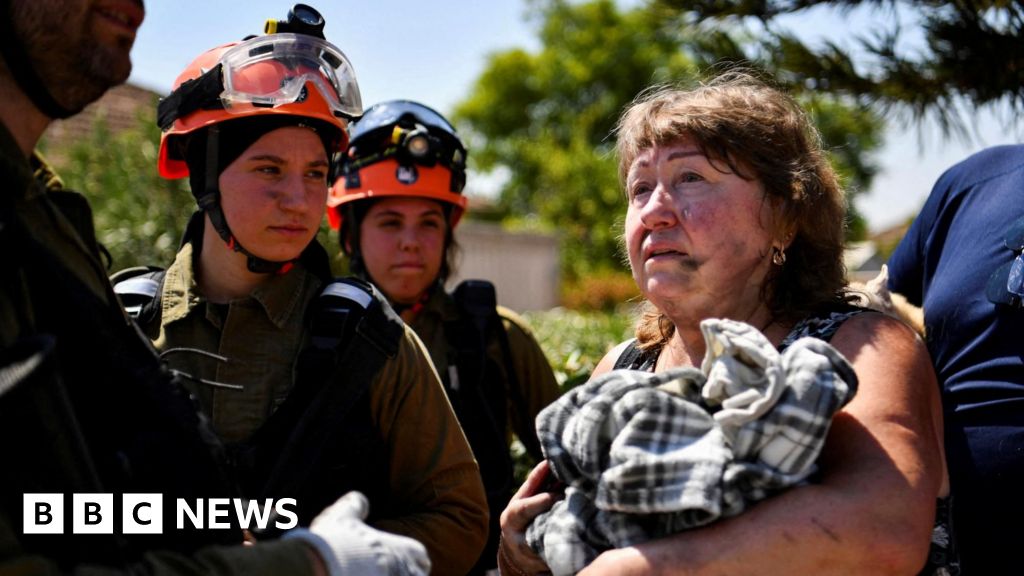A new study published in the journal Psychological Medicine has found that teens who use cannabis are at an elevenfold higher risk of developing a psychotic disorder compared to those who do not use the drug. This finding underscores the potential mental health risks associated with cannabis use among adolescents, suggesting the association may be stronger than previously thought.
Cannabis, commonly known as marijuana, is a plant that has been used for both medicinal and recreational purposes for thousands of years. It contains numerous chemical compounds called cannabinoids, with tetrahydrocannabinol (THC) being the most well-known for its psychoactive effects.
THC is the substance primarily responsible for the “high” that users experience, as it interacts with the brain’s endocannabinoid system, influencing mood, perception, and various cognitive functions. Another major cannabinoid is cannabidiol (CBD), which is non-psychoactive and often touted for its potential therapeutic benefits.
The potency of cannabis, particularly in terms of its THC content, has significantly increased over the past few decades. In the 1980s, the average THC content in cannabis was around 1%. However, due to selective breeding and advanced cultivation techniques, modern strains can contain THC levels upwards of 20%, and some extracts can even exceed 90% THC.
This dramatic increase in potency has raised concerns among health professionals about the potential for more severe and widespread adverse health effects, especially among young users whose brains are still developing.
“My interest in this topic was initially driven by the legalization of recreational cannabis in Canada, which happened largely in the absence of solid evidence on the risks of cannabis use,” said study author André McDonald, a CIHR Postdoctoral Fellow at the Peter Boris Centre for Addictions Research and the Michael G. DeGroote Centre for Medicinal Cannabis Research at McMaster University.
“One of the big questions related to cannabis is its link with psychotic disorders, particularly during youth. Most studies on this topic have used data from the 20th century when cannabis was significantly less potent than today in terms of THC, so we were also curious whether using more recent data would show a stronger link.”
To conduct their study, the researchers linked population-based survey data from over 11,000 youths in Ontario, Canada, with health service use records. These records included hospitalizations, emergency department visits, and outpatient visits. The survey data came from the Canadian Community Health Survey (CCHS) cycles from 2009 to 2012, while the health service data was obtained from ICES.
The sample included non-institutionalized Ontario residents aged 12 to 24 years. To ensure the accuracy of their findings, the researchers excluded respondents who had used health services for psychotic disorders in the six years before their survey interview. This exclusion was intended to reduce the risk of reverse causation, where individuals might have started using cannabis to self-medicate for already existing psychotic symptoms.
Respondents were asked whether they had ever used cannabis and, if so, whether they had used it in the past 12 months. The primary outcome measured was the time to the first outpatient visit, emergency department visit, or hospitalization related to a psychotic disorder. The researchers also adjusted for various sociodemographic and substance use confounders to isolate the effect of cannabis use on the development of psychotic disorders.
Teens who reported using cannabis in the past year were found to be over eleven times more likely to be diagnosed with a psychotic disorder compared to non-users. Interestingly, this elevated risk was not observed in young adults aged 20 to 24, indicating that adolescence is a particularly vulnerable period for the mental health impacts of cannabis.
The data also showed that among the teens diagnosed with a psychotic disorder, the vast majority had a history of cannabis use. Specifically, about 5 in 6 teens who were hospitalized or visited an emergency department for a psychotic disorder had previously reported using cannabis. This finding supports the neurodevelopmental theory that the adolescent brain is especially susceptible to the effects of cannabis, which may disrupt normal brain development and increase the risk of severe mental health issues.
“People should be aware of the risks associated with using cannabis at an early age. This study estimates that teens using cannabis are at 11 times higher risk of developing a psychotic disorder compared to teens not using cannabis,” McDonald told PsyPost.
“It’s important to acknowledge that the vast majority of people who use cannabis will not develop a psychotic disorder, but this study suggests that most teens who develop a psychotic disorder have a history of cannabis use. This is important information to convey to teens but also parents of teens, who may not be aware that cannabis products today are different and may be more harmful than the ones that were around when they were teens. ”
While the study provides compelling evidence of a strong link between adolescent cannabis use and psychotic disorders, it still has some limitations. The potential for reverse causation remains, as early symptoms of psychosis could lead some teens to use cannabis as a form of self-medication before seeking formal medical help. Additionally, the study could not account for genetic predispositions, family history of mental health issues, or trauma — all factors that could influence both cannabis use and the risk of psychotic disorders.
Nonetheless, the findings heighten concerns about early cannabis use.
“As commercialized cannabis products have become more widely available, and have a higher THC content, the development of prevention strategies targeting teens is more important than ever,” said senior author Susan Bondy, an affiliate scientist at ICES and associate professor at the University of Toronto’s Dalla Lana School of Public Health.
McDonald added: :Canadian youth are among the heaviest users of cannabis in the world. If we follow the precautionary principle, the bottom line is that more needs to be done to prevent early cannabis use.”
The study, “Age-dependent association of cannabis use with risk of psychotic disorder,” was authored by André J. McDonald, Paul Kurdyak, Jürgen Rehm, Michael Roerecke, and Susan J. Bondy.

Sarah Carter is a health and wellness expert residing in the UK. With a background in healthcare, she offers evidence-based advice on fitness, nutrition, and mental well-being, promoting healthier living for readers.








